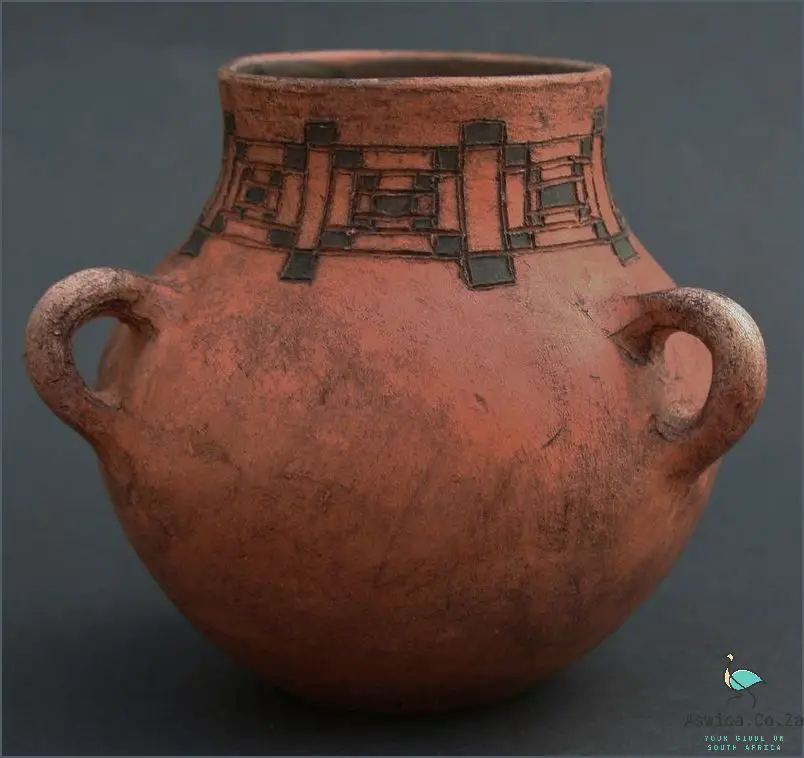
Pedi culture art is a type of art that is associated with the Pedi people of South Africa. This type of art is characterized by its use of bright colors, geometric patterns, and stylized depictions of animals and people. Pedi culture art is often used to decorate the walls of homes and public spaces, and it is also used to create ceremonial objects and clothing.
Contents
Pedi Culture Art
Pedi culture art is a unique and vibrant form of South African art. It is a form of expression created by the Basotho people of South Africa, and is used to convey stories, beliefs, and values. Pedi culture art is made up of brightly colored geometric patterns, often using vibrant colors such as yellow, red, and blue. These vibrant colors are seen in Pedi culture art as symbols of joy, celebration, and optimism. Furthermore, Pedi culture art often includes symbols of animals and nature, as well as traditional Pedi symbols, like horns and stars, to represent the Basotho people’s deep connection with their environment and culture. Pedi culture art is also often used in cultural ceremonies and celebrations, inspiring people to join together and celebrate their shared history, culture, and values.
History and Origins of Pedi Culture Art
The Pedi culture art is a unique form of artistic expression that has both ancient and modern origins. It is an art form that is rooted in the cultural and spiritual beliefs of the Pedi people, a Bantu-speaking ethnic group who live in the Limpopo Province of South Africa. The Pedi culture art is an expression of the traditional Pedi way of life, and is often used as a vehicle for communicating stories and passing down knowledge from generation to generation.

The history of Pedi culture art can be traced back to the 16th century, when the Pedi people settled in the area now known as Limpopo. This ethnic group was originally a mix of the Nguni, Khoisan, and Sotho people, and their art was heavily influenced by these cultures. However, the Pedi culture art began to emerge as its own distinct form during the 18th century, when the Pedi people began to develop unique symbols and motifs. These symbols and motifs were used to communicate stories and values, and to express the spiritual beliefs of the Pedi people.
The Pedi culture art has evolved over the centuries and today, it is still used to communicate stories and values, as well as to create a sense of unity amongst the Pedi people. It is often used in ceremonies and rituals, and is a way for the Pedi people to express their identity and their connection to the land. Pedi culture art is also used to decorate objects such as homes, pottery, and jewelry, and is often used to create a sense of belonging and identity.
Pedi culture art is an invaluable part of South African culture and heritage, and is an important way for the Pedi people to express themselves and their beliefs. It is a unique form of artistic expression that is deeply rooted in the history and culture of the Pedi people, and is an important way for them to connect with their past and present.
Types of Pedi Culture Art
Pedi culture art is a unique form of art that has been around for centuries, originating in the area of present-day South Africa known as Pedi. This type of art encapsulates the beliefs and traditions of the Pedi people, and is often used to commemorate important cultural events and celebrate the lives of tribal members.
Pedi culture art can be divided into two main categories – traditional and contemporary. Traditional art is often characterized by its bold lines and geometric shapes, and often tells stories about the Pedi people’s history and culture. These stories are passed down through generations, which is why traditional Pedi culture art is so important to the Pedi people. Contemporary Pedi culture art, on the other hand, is characterized by its more abstract and modern elements, while still staying true to the traditional roots of the art form.

One type of traditional Pedi culture art is called “tswana”, which is an ancient form of painting that uses symbols and geometric shapes to create a narrative. These paintings often depict important events in the Pedi people’s history, as well as telling stories of supernatural creatures like the “mohololo”, which were believed to be the guardians of the Pedi people.
Another type of traditional Pedi culture art is “mamagwa”, which is a type of carving that is often used to decorate weapons or tools. These carvings are often used to depict important figures in the Pedi people’s history, such as chiefs or warriors, and they can also be used to commemorate special events or important people in the tribe.
Contemporary Pedi culture art is often characterized by its bright colors, abstract shapes, and modern motifs. This type of art often combines traditional Pedi culture with more modern elements, as well as drawing influence from other cultures. This type of art is often used to create unique pieces of art that can be displayed in homes or galleries, and can also be used to create unique clothing and accessories.
No matter what type of Pedi culture art you choose to appreciate, it is important to remember that it is a deeply meaningful and spiritual form of art that has been around for centuries. It is a testament to the resilience and strength of the Pedi people, and it is a way for us to connect with the past and learn more about the culture and history of the Pedi people.
Examples of Pedi Culture Art
Pedi culture art is a vibrant and unique form of art crafted by the Pedi people of South Africa. This art form has been around for centuries, and has been passed down from generation to generation. It is characterized by its striking use of color, bold geometric shapes, and intricate detail.

The Pedi people have a rich and ancient history, and this is reflected in their art. Much of the art is inspired by nature, and pays homage to the spiritual symbols and beliefs of the Pedi people. The art can be seen in a wide range of forms, from paintings to masks, sculptures to pottery.
One of the most recognizable examples of Pedi culture art is the beaded necklace known as the “mkadu”. This necklace is made up of thousands of tiny beads that are arranged in intricate geometric patterns and arranged in a way that is both visually stunning and meaningful. The colors of the beads are often symbolic, and the patterns are often believed to represent good luck.
Another type of Pedi culture art is the traditional Ndebele wall painting. These paintings are often painted on the walls of homes, and feature a variety of geometric shapes, symbols, and colors. These paintings are believed to bring good luck and protect the home from evil spirits.
Finally, wood carving is also a popular form of Pedi culture art. These wooden sculptures often feature animal or human figures, and are believed to bring good luck and protection to their owners.
Pedi culture art is an important part of South African heritage, and is something that is still practiced and appreciated today. It is a unique and beautiful form of art that is both meaningful and aesthetically pleasing.
Conclusion
The Pedi people are a Southern African ethnic group who are native to the country of South Africa. The Pedi culture is known for its unique art, which is characterized by its use of bright colors and geometric patterns. The Pedi culture is also known for its traditional music, which is often performed on drums and other percussion instruments. The Pedi people have a rich history and culture that is worth exploring.



